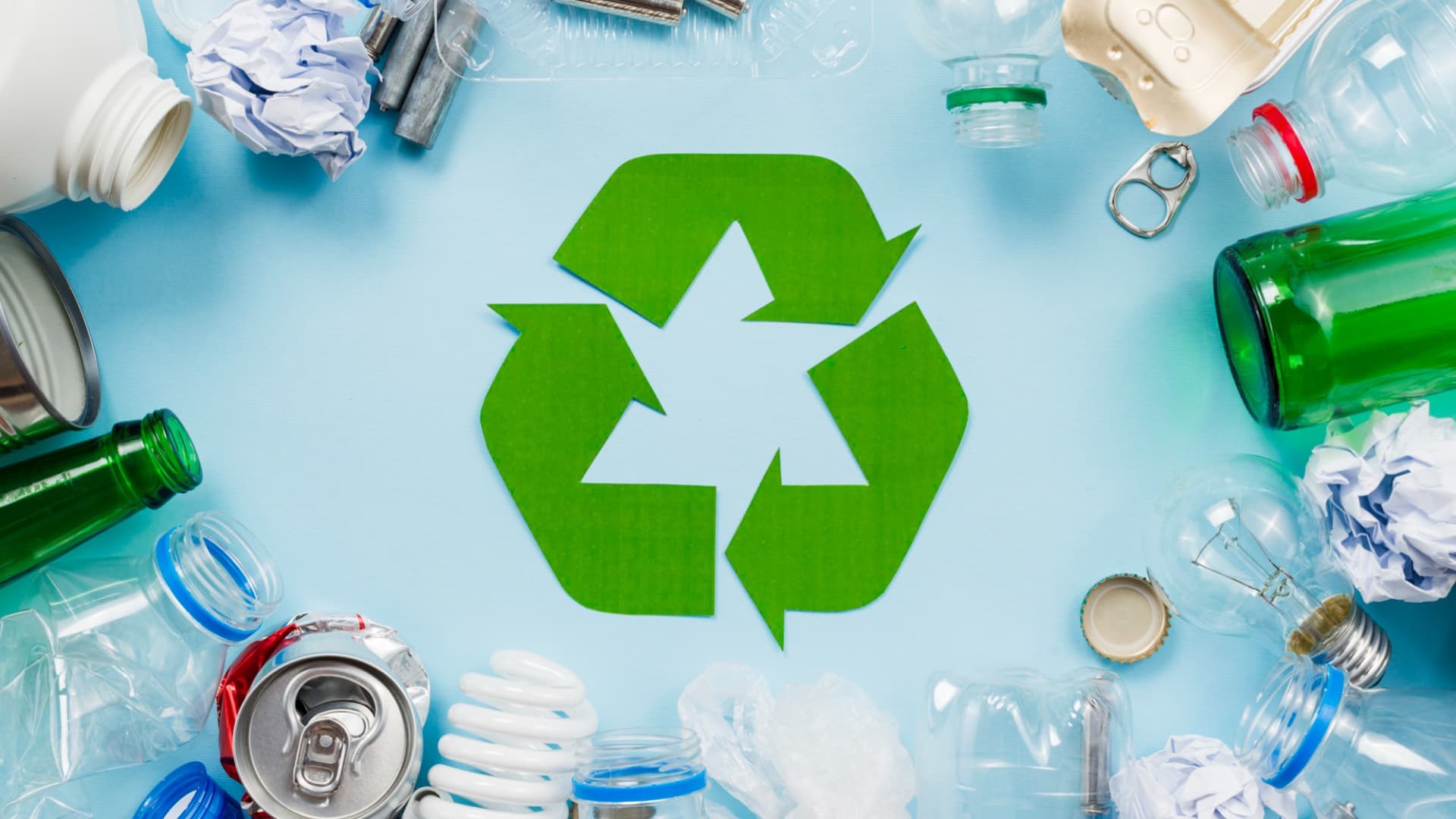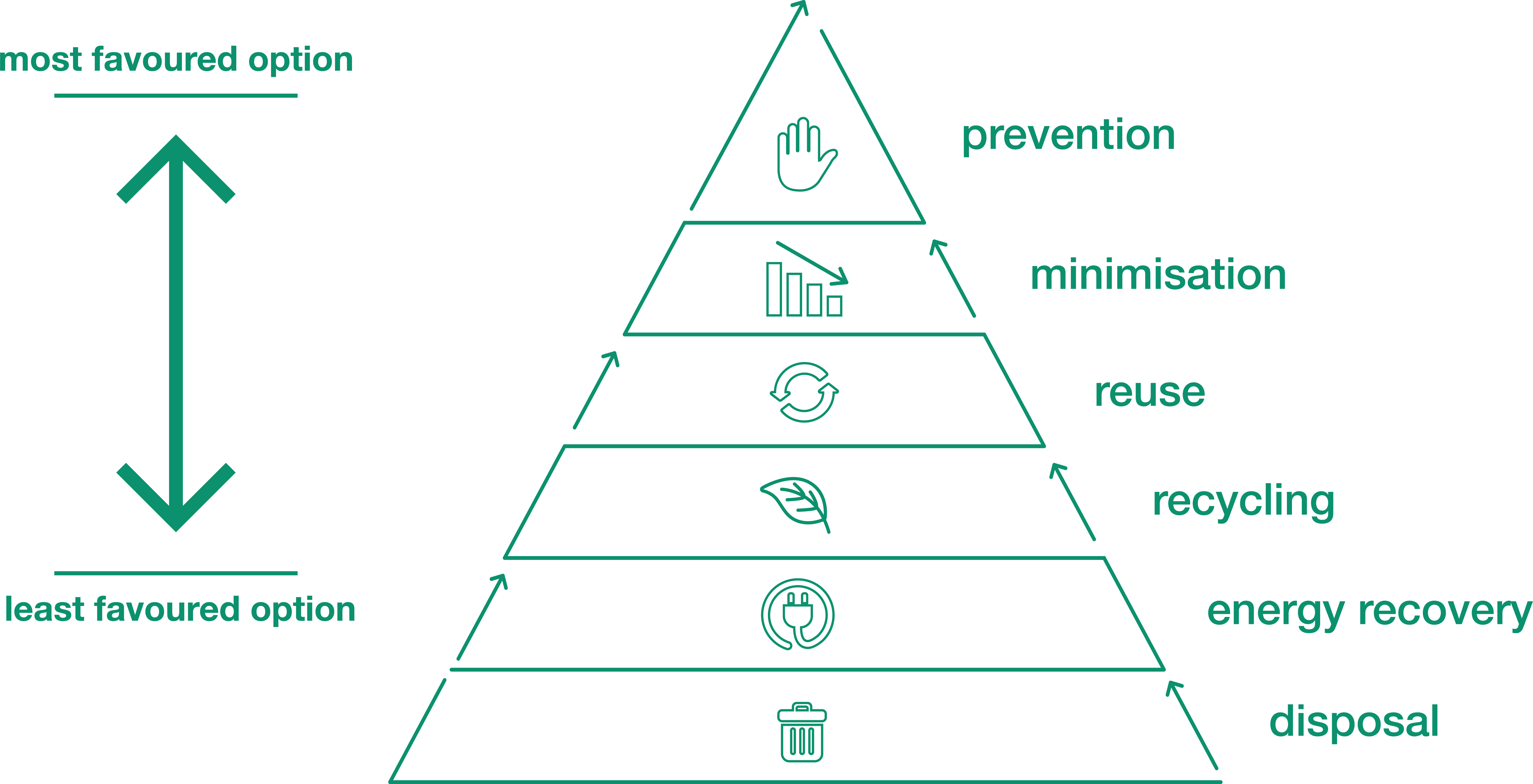The Influence of Recycling Lives Services on Communities and the Atmosphere
The Influence of Recycling Lives Services on Communities and the Atmosphere
Blog Article
Understanding the Classification and Handling of Different Sorts Of Waste
Reliable waste management is pivotal for ecological sustainability, needing a thorough understanding of the classification and handling of different waste types. Home waste, industrial spin-offs, harmful products, electronic refuse, and natural remnants each demand distinct procedures to make certain security and decrease ecological damage. Implementing right partition, treatment, and disposal strategies is vital to reduce unfavorable ecological effects and promote resource conservation. For circumstances, the composting of natural waste contrasts dramatically with the intricate treatments needed to handle hazardous substances. This diverse strategy to throw away management underscores its complexity and the vital need for specialized expertise in this domain.

Home Waste
Family waste, including a wide selection of discarded products produced from day-to-day living activities, stands for a substantial part of the total waste stream - recycling lives services. This group includes natural waste such as food scraps, backyard cuttings, and paper items, alongside inorganic products like plastics, metals, and glass. The varied nature of house waste necessitates efficient category and monitoring to minimize environmental impact and advertise sustainable living practices
Reliable family waste management begins with segregation at the resource, promoting recycling, composting, and risk-free disposal. Organic waste, for example, can be composted to create nutrient-rich dirt changes, decreasing land fill concern and boosting dirt wellness. Recyclable materials, including paper, glass, and specific plastics, can be refined and repurposed, lowering and preserving resources power consumption related to new material manufacturing.
In addition, dangerous home waste such as batteries, electronic devices, and cleaning chemicals calls for specialized handling to stop soil and water contamination. Public recognition campaigns and hassle-free disposal choices play essential roles in ensuring proper disposal and recycling of these materials. By executing robust waste reduction techniques and fostering community participation, communities can significantly reduce the environmental impact of household waste.
Hazardous Waste
Hazardous waste, a significant contributor to worldwide waste generation, includes a varied series of products generated by production, building, and various other industrial activities. This group includes spin-offs such as scrap metal, plastics, rubber, chemicals, and various other deposits. The make-up and volume of industrial waste can differ substantially depending upon the industry and manufacturing processes involved. Effective management of hazardous waste is essential for minimizing environmental influence and advertising sustainable practices.
The handling of industrial waste usually involves numerous procedures: collection, segregation, disposal, and therapy. Collection systems are designed to effectively collect waste materials from various sources within an industrial procedure.
Embracing strategies such as waste minimization, source healing, and recycling can substantially decrease the worry of industrial waste on the environment, contributing to more sustainable commercial practices.
Contaminated Materials

Corrosive wastes can harm or destroy living tissues and products. Combustible wastes can conveniently stir up, posturing fire hazards, while responsive wastes can create surges or launch toxic gases upon call with various other materials.
Reliable contaminated materials monitoring entails a number of essential techniques: recognition and segregation of hazardous products, risk-free transport and storage, and suitable treatment and disposal. Treatment methods may consist of chemical incineration, stablizing, and neutralization. Governing conformity is necessary, led by frameworks such as the Source Conservation and Healing Act (RCRA) in the USA, which guarantees eco audio and risk-free monitoring of contaminated materials.
Digital Waste
Digital waste, frequently abbreviated as e-waste, stands for a growing difficulty in waste monitoring because of the quick obsolescence of innovation. This category encompasses a wide variety of disposed of digital tools, consisting of smartphones, computers, televisions, and family devices. The intricacy of e-waste depends on its structure; these items have a blend of valuable products such as gold and copper, in addition to harmful substances like mercury, lead, and cadmium.

Regulations and policies, such as the European Union's Waste Electrical and Digital Tools (WEEE) Regulation, aim to advertise accountable e-waste monitoring. These plans mandate manufacturers to promote the collection and recycling of electronic items, thereby minimizing the concern on land fills and lessening ecological contamination.
Organic Waste
Organic waste, encompassing naturally degradable materials such as food scraps, lawn trimmings, and farming residues, comprises a considerable part of the metropolitan strong waste stream. This sort of waste is noteworthy not only for its volume yet likewise for its possible ecological influence otherwise managed correctly. Organic waste can break down anaerobically in landfills, producing methane, a potent greenhouse gas adding to climate change.
Appropriate handling of organic waste entails a number of approaches. Composting is a commonly embraced approach, changing organic materials into important garden compost that can improve dirt and assistance sustainable agriculture. This process also minimizes the quantity of waste sent to land fills. Another approach is anaerobic digestion, which breaks down organic matter in the lack of oxygen, producing biogas that can be used as a renewable power resource. In addition, drawing away food waste from garbage dumps through contribution programs can relieve food insecurity while reducing web link waste.
Municipalities and services are increasingly identifying the importance of organic waste monitoring. Executing extensive natural waste reusing programs not only mitigates ecological impacts but also straightens with more comprehensive sustainability objectives, promoting a round economic situation where sources are continuously reused and repurposed.
Verdict
Reliable waste administration and ecological defense require a comprehensive understanding of the classification and handling of numerous waste kinds. Family, industrial, hazardous, digital, and natural waste each need distinct treatments for disposal, partition, and therapy. Proper monitoring decreases ecological influence, conserves resources, and promotes sustainability. Implementing ideal techniques for each and every waste type makes certain liable and risk-free waste monitoring methods, ultimately adding to the protection of communities and public health and wellness.
Efficient waste monitoring is essential for environmental sustainability, calling for a comprehensive understanding of the category and handling Visit Your URL of different waste kinds.Home waste, incorporating a broad variety of discarded materials created from daily living tasks, represents a substantial part of the total waste stream.Industrial waste, a significant contributor to international waste generation, encompasses a varied variety of products generated by production, building and construction, and various other commercial tasks (recycling lives services).Harmful waste, a crucial issue in waste monitoring, comprises products that position considerable dangers to human health and the environment due to their hazardous, destructive, combustible, or reactive properties.Organic waste, including eco-friendly materials such as food scraps, yard trimmings, and farming deposits, comprises a significant section of the municipal solid waste stream
Report this page